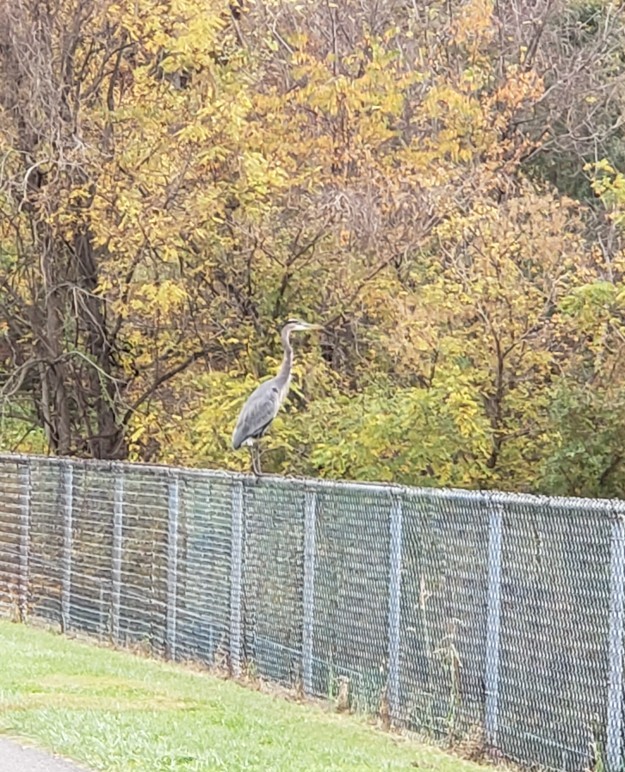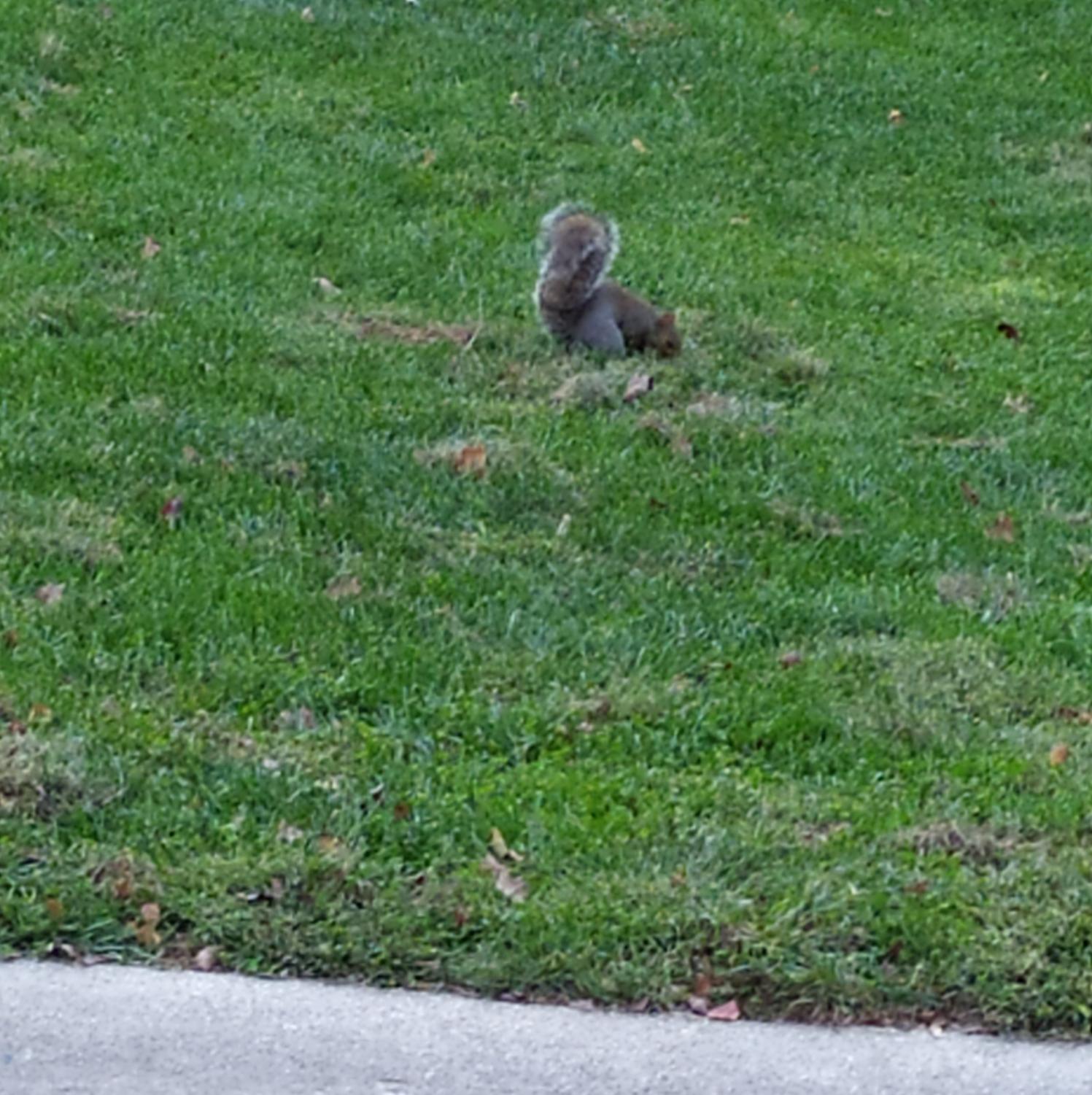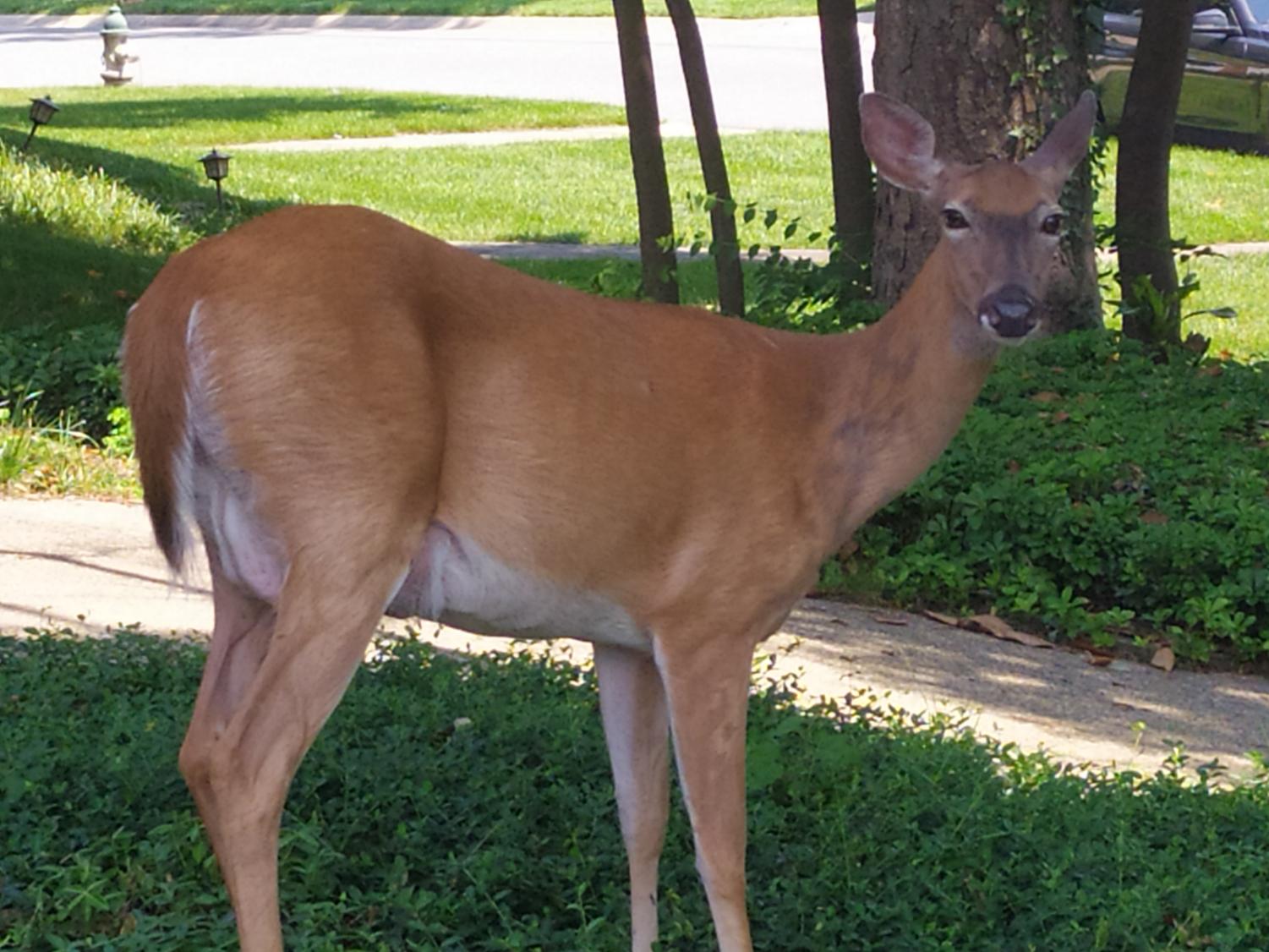You wake up to the chirping of sparrows and blue jays. On your way to school, squirrels chase and snap at each other, shuffling the leaves of maple trees. In the back lawn of the school, flocks of geese amble around and graze on the grass.
The presence of wild animals is familiar to WJ neighborhoods. Urban wildlife communities consist of a wide range of species, such as deer, rodents, birds and foxes, and utilize human-dominated ecosystems.
The prevalence of urban wildlife is partially due to the loss and destruction of natural habitats. In the past few decades, cities have seen an increased construction on animals’ natural habitats, pushing them out of their homes and into the scarce greenery of residential areas. Many of these animals have adapted to living in more urbanized areas and sharing the space with humans. Some species even thrive in the city, where there are more food sources and fewer predators, with an abundance of buildings and structures for them to find shelter in.
The thriving of urban wildlife is a double-edged sword. For many people, spotting animals in their area makes them feel closer to nature and helps reduce anxiety and loneliness. Security guard Kelly McDonnell enjoys spending time in nature and observing animals.
“People should look at nature as something to be enjoyed, not to be harassed. Nature is beautiful and I love being outside and seeing birds, bunnies and more,” McDonnell said.
But, meanwhile, human-wildlife interactions come with a set of risks and problems.
Urban animals may disrupt people’s normal life in various ways. Rockville City Animal Control Officer Jerry Adams receives around 10-15 calls from city residents every day about wildlife-related questions and concerns. Wildlife-borne diseases like rabies and Lyme disease can infect humans and pets. Animals may be unexpected intruders in the backyard, ruining plants and vegetable gardens. The presence of raccoons, coyotes, snakes and other animals can sometimes be hazardous to residents.
AP Psychology and Honors NSL teacher Jennifer Taylor, who lives a mile and a half away from school, recalled seeing many black rattlesnakes in mid-June to early July during their breeding season. She also once had an encounter with a raccoon that jumped out of a garbage can and onto her.
“It was horrifying, but also a cool experience because I love raccoons,” Taylor said.
According to Officer Adams, raccoons are one of the top reasons for calls.
“Bigger animals like raccoons know how to open trash cans and go in. Groundhogs can dig into the yard and destroy people’s lawns,” he said.
Urban wildlife may also disturb the routine life of pets. Sophomore Dana Perl has intriguing observations of the interaction of her pets with urban wildlife in her backyard.
“My cat plays with deer a lot and they run around and chase each other in our yard. Maybe [my cat] thinks he’s a deer. Another time, my dog was barking toward our yard. She was growling at a possum and the possum was growling back at it,” Perl said.
Staff and students have noticed the presence of urban wildlife at school too, including birds like crows and sparrows, bees, rabbits, spiders and Canadian geese. Taylor, who teaches in a portable, once saw a fox running behind the school. She often spots animals outside her classroom.
There are a few rabbits that live directly under my portable. I see them a lot in the morning and after school when the students are gone. They’ll come out and they eat all the grass.
— Jennifer Taylor
Wildlife faces an array of challenges in the urban environment. They have to bear with the pollution and toxins and adjust to the constant noise and commotion. In early 2020, a sewage leak in Old Farm Creek, near Tilden Lane and Luxmanor, polluted the creek water that many deer in the neighborhood usually drank, posing a threat to their health.
Moving vehicles can cause animal death and injuries. According to the annual analysis by State Farm, an auto insurance company, a vehicle collision involving an animal occurred 2.1 million times in the United States between July of 2020 and June of 2021.
Having guidelines on urban wildlife management is critical to ensure positive human-animal associations. Some actions may include increasing green spaces for wild animals and fostering safe neighborhoods by educating residents about how to reduce attractants for unwanted animals and what to do when encountering wildlife.
Officer Adams reminds people to only watch them from a distance. “As cute as they are, let them be. Don’t approach, don’t touch. In their fight-or-flight response, when they feel like they have to fight, they use their biggest weapon—their teeth. They will bite and do more harm,” Officer Adams said.
It’s important to create regulations to protect wildlife, such as preventing the usage of harmful chemicals in public spaces. Currently, state-level regulations protect certain species like Canadian geese and nesting animals like birds and rabbits.
As the trend of urban wildlife persists, we are all adapting to the new normal and learning how to live alongside animals in a safe and healthy way.






















































